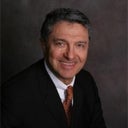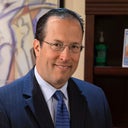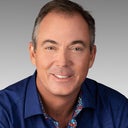Posted underFacelift q&a
What's the difference btw a ponytail lift, AuraLyft, a deep plane face lift, and an SMS face lift?
And how do you know which is best for you?
Answers (13)
From board-certified doctors and trusted medical professionals
Dr. Farhad Rafizadeh, MD

Dr. Farhad Rafizadeh, MD
Board Certified Plastic Surgeon
Answer
Dr. Andrew Miller, MD

Dr. Andrew Miller, MD
Board Certified Facial Plastic Surgeon
Answer
Dr. Philip S. Schoenfeld, MD, FACS

Dr. Philip S. Schoenfeld, MD, FACS
Board Certified Facial Plastic Surgeon
Answer
Dr. Mark Beaty, MD

Dr. Mark Beaty, MD
Board Certified Facial Plastic Surgeon
Answer
Dr. Richard Baxter, MD

Dr. Richard Baxter, MD
Board Certified Plastic Surgeon
Answer
Dr. Steven J. Pearlman, MD, FACS

Dr. Steven J. Pearlman, MD, FACS
Board Certified Facial Plastic Surgeon
Answer
Dr. Zoran Potparic, MD

Dr. Zoran Potparic, MD
Board Certified Plastic Surgeon
Answer
Dr. Stephen Prendiville, MD

Dr. Stephen Prendiville, MD
Board Certified Facial Plastic Surgeon
Answer
Dr. Lucas Bryant, MD

Dr. Lucas Bryant, MD
Facial Plastic Surgeon, Board Certified in Otolaryngology – Head and Neck Surgery
Answer
More Facelift Questions
See all Facelift Q&AWE SEND PRETTY
EMAILS
What’s trending? Who’s turning heads? Which TikTok myths need busting? We’ve got you. No fluff, no gatekeeping—just real talk. Get our free, unfiltered newsletter.
